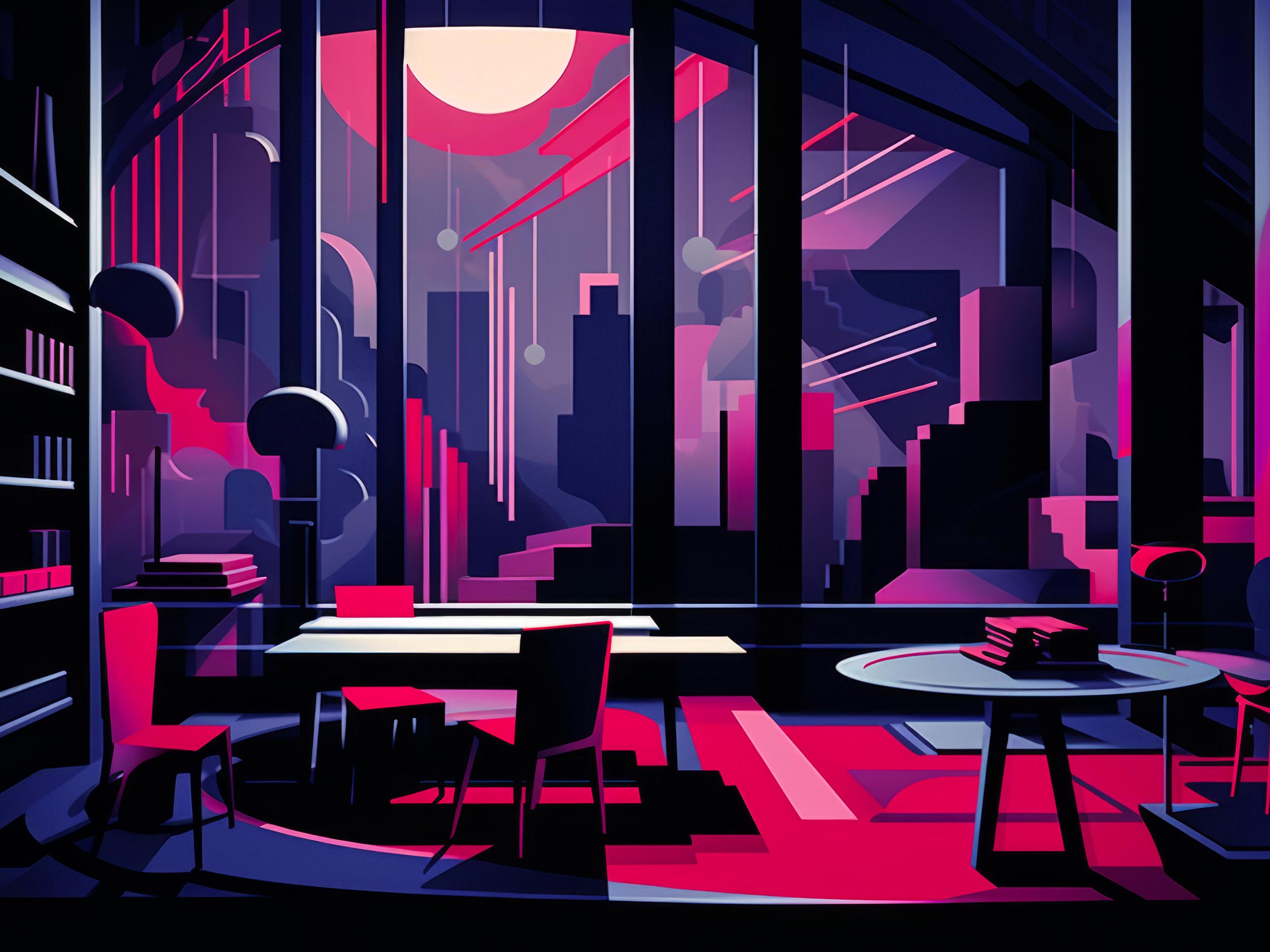In a technology-driven era, where attention spans are fleeting, and competition is fierce, an outdated website can be detrimental to a biotech company’s success. Outdated interfaces may suffer from slow loading times, clunky navigation, and a lack of responsiveness on various devices. Such issues can deter visitors, leading to high bounce rates and missed opportunities to engage with potential stakeholders. A redesign is not merely a cosmetic upgrade but an opportunity to optimize user experiences, reinforce brand identity, and align with the latest web standards. It’s a chance to showcase the innovative spirit of a biotech company through a modern digital lens.
User-Centric Design: The Foundation of Modern Experiences
A successful biotech website redesign begins with a user-centric approach. Understanding the needs, pain points, and aspirations of the website’s target audience is fundamental to creating meaningful experiences. User personas and journey mapping offer insights into the preferences and behaviors of scientists, investors, patients, and other stakeholders, enabling designers to craft tailored experiences that resonate with each group. By putting users at the center of the design process, biotech companies can build interfaces that meet their specific needs, ultimately fostering engagement and trust.
Streamlining Navigation and Information Architecture
Biotech websites are treasure troves of scientific information, presenting a unique challenge in organizing and presenting data. A redesign provides an opportunity to streamline navigation and revamp information architecture, ensuring that visitors can effortlessly find the content they seek. Clear categorization, intuitive menus, and smart search functionalities enhance user experiences and promote content discoverability. As biotech companies expand their offerings, a scalable information architecture accommodates future growth, sustaining a seamless user experience over time.
Elevating Visual Aesthetics: Balancing Science and Creativity
A biotech website must strike a delicate balance between conveying scientific rigor and showcasing creative aesthetics. Visual design plays a pivotal role in captivating visitors and leaving a lasting impression. Modern biotech websites leverage high-quality visuals, captivating imagery, and carefully crafted graphics to convey complex scientific concepts in an approachable manner. Bold typography, complementary color palettes, and strategically placed whitespace enhance readability and lend a contemporary touch to the interface. By harmoniously blending science and creativity, biotech companies can present a digital identity that is both sophisticated and inviting.
Responsive Design: Meeting Users Where They Are
In an increasingly mobile-centric world, a responsive design is no longer a luxury but a necessity. Biotech professionals and researchers often access websites from a range of devices, from desktop computers to smartphones and tablets. A biotech website redesign ensures that the interface adapts seamlessly to different screen sizes and resolutions, providing users with a consistent and optimized experience across platforms. With responsive design, biotech companies can meet users where they are, increasing engagement and reducing bounce rates.
Enhanced Accessibility: Inclusivity for All
In the pursuit of scientific innovation, inclusivity and accessibility are paramount. A modern biotech website should embrace web accessibility standards to accommodate users with disabilities, ensuring that content is perceivable, operable, and understandable to all. Features like alt-text for images, closed captions for videos, and keyboard-friendly navigation empower all users to access and interact with the website’s content. By prioritizing accessibility, biotech companies reinforce their commitment to inclusivity and underscore the transformative potential of their discoveries.
User Testing and Iterative Refinement
A biotech website redesign is not a one-time event but a process of continuous improvement. User testing and iterative refinement are essential components of the redesign journey. By soliciting user feedback, analyzing user behavior, and conducting usability testing, biotech companies gain insights into pain points and areas for improvement. Iterative design allows for gradual enhancements and adjustments, ensuring that the website remains relevant and effective as user needs evolve.
The redesign of a biotech website is more than a surface-level makeover; it is a strategic investment in the company’s digital presence and its ability to connect with stakeholders. Modern biotech websites embody a user-centric approach, streamline navigation, elevate visual aesthetics, embrace responsive design, and prioritize accessibility. They present a harmonious blend of science and creativity, capturing the essence of innovation while engaging audiences across various platforms. Through iterative refinement and continuous user testing, biotech companies ensure that their websites evolve in tandem with user needs, making a lasting impact and fostering trust in the ever-evolving world of biotechnology. A well-executed website redesign becomes a catalyst for showcasing transformative discoveries and empowering stakeholders with modern digital experiences.
If you’re thinking about updating your online presence, consider checking out our free non-bullsh*t web design consultation!


